Copepods are small crustaceans that play a big role in aquariums. These little creatures are like nature's cleaning crew and snack bar all rolled into one. Let's look at why they're so important for your underwater world.
Key Takeaways
| Aspect | Information |
|---|---|
| Types | Harpacticoid (bottom-dwellers) and Cyclopoid (free-swimmers) |
| Benefits | Food source, waste cleanup, algae control, water purification |
| Ideal Conditions | 72-82°F, hiding spots, clean water with some algae |
| Food | Phytoplankton, special copepod food |
| Importance | Essential for reef tanks, fish nutrition, and ecosystem balance |
What Are Copepods?
Copepods are tiny animals that live in water. They're so small you might need a magnifying glass to see them clearly. There are two main types you'll find in aquariums:
Harpacticoid Copepods
Bottom-dwellers like Tisbe
Cyclopoid Copepods
Free-swimmers like Apocyclops
Bottom-dwellers
Stay at the tank bottom
Free-swimmers
Move freely in the tank
Harpacticoid copepods like to hang out at the bottom of the tank, while cyclopoid copepods swim around more freely. Both types are super important for keeping your aquarium healthy. Harpacticoid copepods, such as Tisbe, are excellent at cleaning detritus from the substrate, while cyclopoid copepods like Apocyclops contribute to water column cleanliness and serve as a mobile food source for fish.
Why Your Aquarium Needs Copepods
Copepods are like little superheroes for your tank. Here's why they're so awesome:
- They're food for fish and other aquarium animals
- They help clean up waste and leftover food
- They keep algae under control
- They make the water cleaner by eating tiny bits of stuff floating around
- They contribute to biodiversity in your aquarium
- They help maintain a natural food chain
Many fish, especially baby fish, love to munch on copepods. Some fish, like mandarin gobies, even need copepods to survive. That's why having these little guys in your tank is so important. Copepods are rich in nutrients and provide a natural, live food source that can help improve the coloration and overall health of your fish.
How to Add Copepods to Your Aquarium
Adding copepods to your tank is easy. You can buy them from places that sell aquarium supplies. Here's how to do it:
- Turn off your tank's pumps
- Slowly pour the copepods into your tank, near the bottom if you can
- Wait about 15 minutes before turning the pumps back on
- Reduce lighting for the first 24-48 hours to help copepods acclimate
- Avoid feeding fish for a day to allow copepods to find hiding spots
It's best to add copepods at night when the fish are sleeping. This gives the copepods time to find hiding spots before they become fish food. Consider adding copepods regularly to maintain a stable population, especially if you have fish that feed on them heavily.
Keeping Your Copepods Happy
To make sure your copepods thrive, you need to give them a good home. Here's what they like:
- Lots of places to hide, like rocks or sand
- Clean water (but not too clean - they need some algae to eat)
- The right temperature (usually between 72-82°F)
- Food like phytoplankton or special copepod food
- Stable water parameters with minimal fluctuations
- Moderate water flow to help distribute food particles
Phytoplankton cultures are great for feeding your copepods. They're like tiny plants that float in the water, and copepods love to eat them. Regular feeding with phytoplankton can help boost copepod reproduction and maintain a healthy population.
Copepods in Reef Tanks
If you have a reef tank with corals, copepods are extra important. They help keep the corals healthy by:
- Cleaning the coral's surface
- Providing food for coral-eating fish
- Helping to spread coral larvae
- Breaking down organic matter into nutrients corals can use
- Creating microcurrents that help distribute nutrients
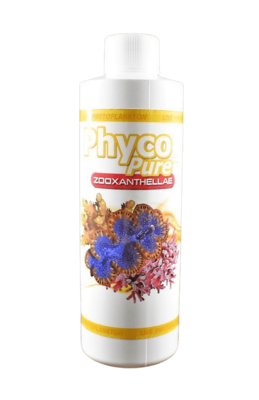
Copepods work well with other tiny creatures like rotifers to keep your reef tank ecosystem balanced. They form an essential part of the marine food web and contribute to the overall biodiversity of your reef aquarium.
Feeding Your Copepods
Copepods need to eat too! The best food for them is phytoplankton. You can buy special phytoplankton for your aquarium, like this:
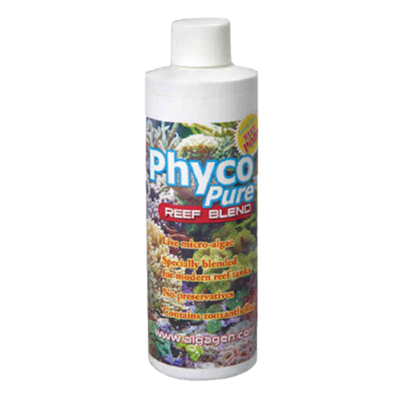
Feeding your copepods regularly will help them grow and make more baby copepods. This means you'll always have a good supply for your fish to eat. A diverse diet including different types of phytoplankton can ensure your copepods receive a full range of nutrients, leading to healthier and more productive populations.
Growing Your Own Copepods
If you want to have lots of copepods, you can grow them yourself! Here's a simple way to do it:
- Get a small tank or container (5-10 gallons is good)
- Fill it with clean saltwater
- Add some rocks or sand for the copepods to live on
- Put in an air stone to keep the water moving
- Add your copepods and some phytoplankton for food
- Keep the water clean and feed them regularly
- Maintain a stable temperature and salinity
- Harvest excess copepods to feed your main tank
Growing your own copepods can save you money and ensure you always have food for your fish. It also allows you to experiment with different species and feeding regimens to optimize copepod production for your specific aquarium needs.
Copepods and Other Tank Creatures
Copepods get along well with most aquarium animals, but some fish might eat them all up! If you want to keep a lot of copepods, you might need to give them a safe space. A refugium is a separate part of your tank where copepods can live without being eaten. This allows for a constant supply of copepods to your main tank while maintaining a breeding population.

You can also add other small creatures like rotifers to your tank. They work well with copepods to keep your aquarium ecosystem healthy. Rotifers can occupy slightly different niches in the aquarium, complementing the role of copepods and providing an additional food source for fish and corals.
Wrapping Up
Copepods might be small, but they're super important for your aquarium. They help keep the water clean, feed your fish, and make sure everything in your tank is working well together. By adding copepods to your aquarium and taking care of them, you're helping to create a mini ocean world that's healthy and fun to watch.
Remember, a happy aquarium is all about balance. Copepods are one of the key players in keeping that balance just right. So give these tiny heroes a chance, and watch your aquarium thrive!
For more information about different types of copepods, check out this guide to these tiny marvels. Happy aquarium keeping!
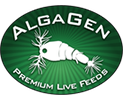
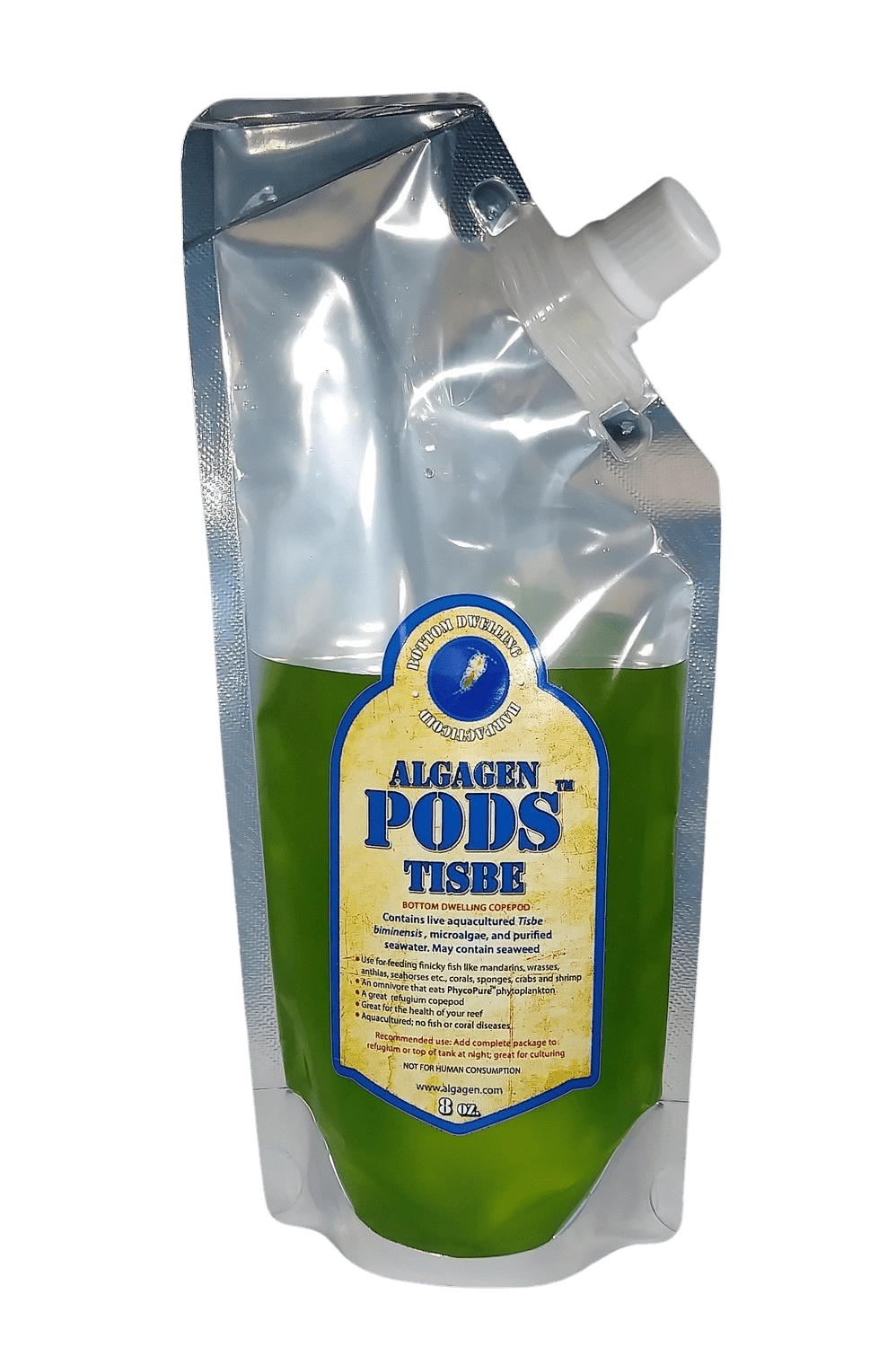
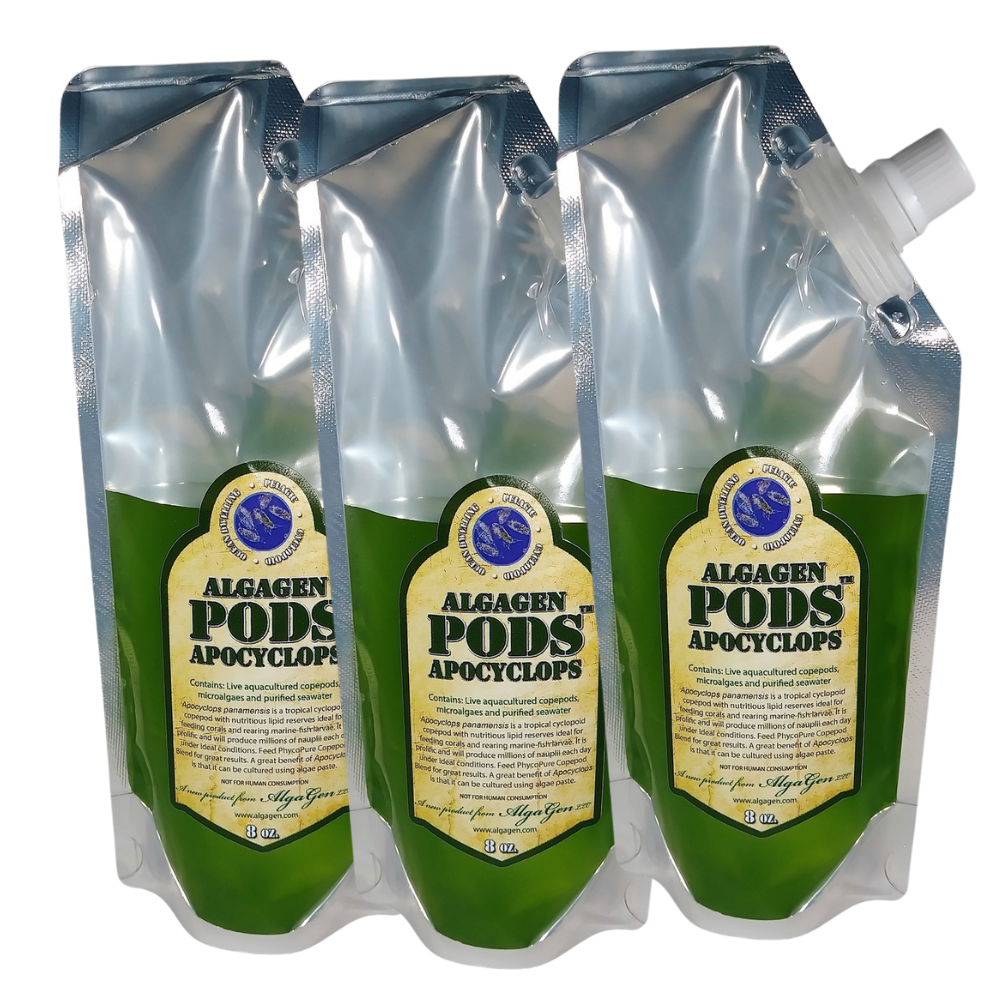

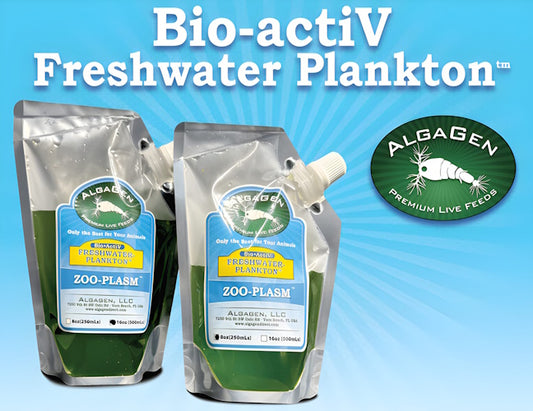
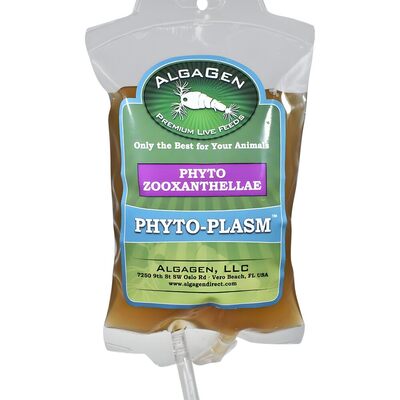
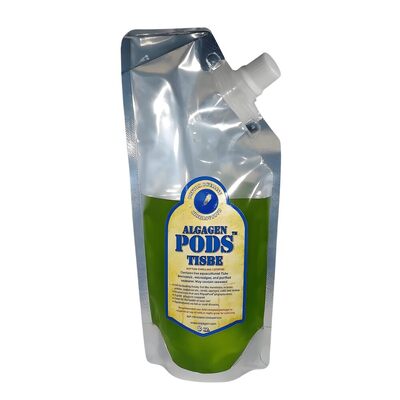
Recent post